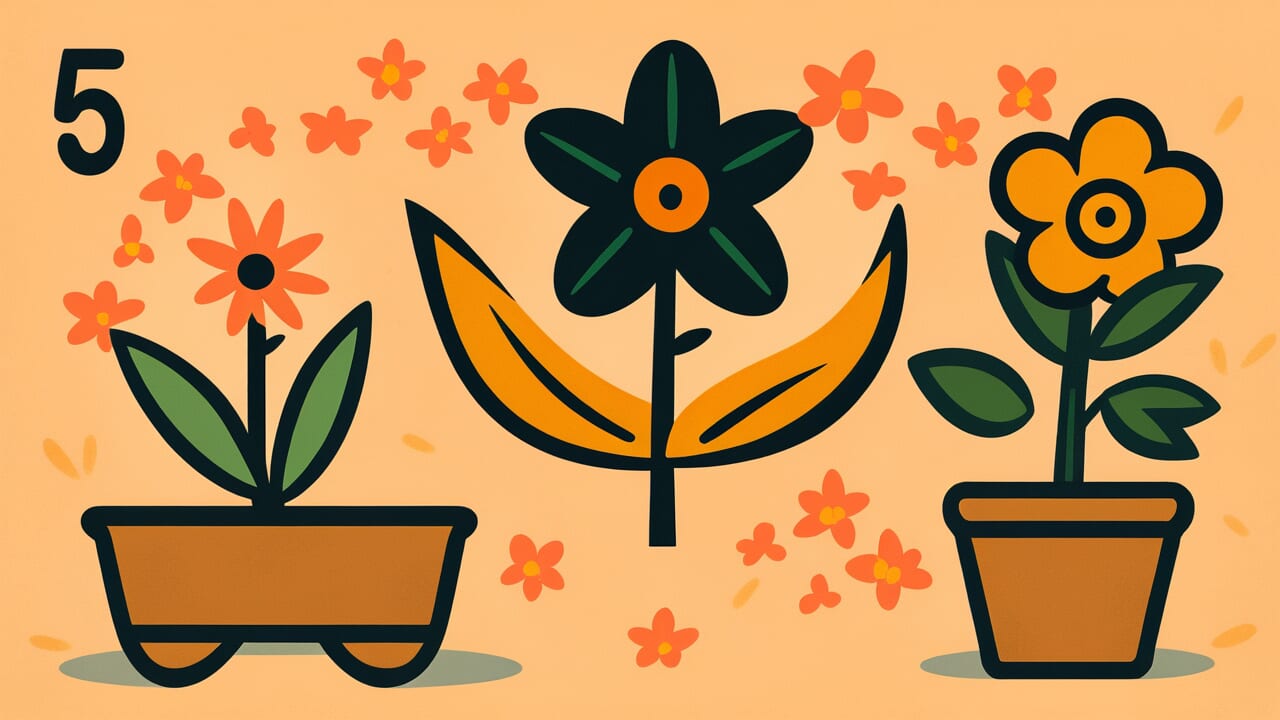How to Read “When bamboo blooms, a bad year comes”
たけにはなさけばきょうねん
Meaning of “When bamboo blooms, a bad year comes”
This proverb means that when bamboo flowers, a rare phenomenon, it signals that crop failures and disasters will come that year.
Bamboo is a plant that rarely blooms. People saw its unusual flowering as an ominous sign.
The saying is used when rare or unexpected events occur. It warns that these strange happenings might be signs of bad things to come.
It reflects the wisdom of observing unusual natural phenomena and reading them as warnings of disaster.
Today, we rarely see bamboo flowers. But the proverb still teaches us that “when unusual things happen, we need to be careful.”
It passes down the wisdom of our ancestors: notice strange changes and stay prepared.
Origin and Etymology
Bamboo is a plant that extremely rarely produces flowers. Most bamboo species bloom all at once in cycles of several decades to over a century.
After flowering, the bamboo dies. This unusual characteristic has been seen as a bad omen since ancient times.
There was a real connection between bamboo flowering and agricultural damage. When bamboo bloomed all at once, it produced massive amounts of seeds.
These seeds attracted rats, which multiplied rapidly. The increased rat population then destroyed crops in fields, causing famines.
This experience led people to connect bamboo flowering with disaster.
Bamboo forests were also closely tied to daily life. Bamboo was essential as building material and for household items.
When bamboo died all at once, it was a huge loss for the community. The rare sight of bamboo flowers came to be seen as the beginning of events that shook the foundation of life.
This proverb embodies the keen observation skills of our ancestors. They noticed changes in nature and passed them down as practical wisdom.
Interesting Facts
Bamboo flowering cycles vary by species. Madake bamboo blooms about every 120 years, while Moso bamboo blooms about every 67 years.
Bamboo from the same original plant will bloom at almost the same time, even if planted in different parts of the world. This mysterious phenomenon is not fully understood even by modern science.
Records of rat outbreaks after bamboo flowering actually exist. In the 1960s, when bamboo bloomed across India, rats multiplied abnormally.
They caused severe damage to crops and led to famine. The observations of ancient people were not mere superstition but warnings based on real experience.
Usage Examples
- The strange behavior of our business partner lately might be like “When bamboo blooms, a bad year comes”
- When that calm manager suddenly got angry, I felt like “When bamboo blooms, a bad year comes”
Universal Wisdom
This proverb has been passed down because it respects a universal human ability: sensitivity to unusual changes.
Our ancestors needed to detect subtle changes in nature to survive. When something different happened, they didn’t dismiss it as coincidence.
They treated it as a warning sign. This attitude was essential for the survival of the species.
Modern people emphasize scientific thinking. Because of this, we tend to dismiss instinctive caution.
But human instinct still has the ability to sense danger through feelings we can’t put into words.
The atmosphere at work subtly changes. A usually cheerful person suddenly becomes quiet. Noticing these small changes is an important survival strategy even in modern society.
This proverb teaches us to value the sense that “something is wrong,” which data and logic alone cannot capture.
Our ancestors didn’t ignore changes they felt but couldn’t explain. They shared these feelings and built a culture of vigilance.
Rather than dismissing premonitions and discomfort as foolish, we should respect them as wisdom refined through long evolution. That is where deep human wisdom lies.
When AI Hears This
Bamboo flowers only once every 60 to 120 years. This is an extremely unusual resource allocation strategy for plants.
Most plants flower every year to produce seeds. Bamboo does the opposite. It pours almost all its energy into growth alone throughout its life.
The nutrients from photosynthesis go not to seeds but entirely to expanding underground rhizomes and producing new bamboo.
This strategy connects to bad years because flowering is “spending all savings” for bamboo. When bamboo flowers, the entire connected forest blooms at once.
Afterward, almost all of it dies. This is called “masting” in botany. It converts decades of stored energy into reproduction all at once.
The massive amounts of sugar and starch stored in underground rhizomes are used to produce flowers and seeds. The bamboo forest becomes literally empty.
The problem for human society is the correlation: years when bamboo flowers often see poor harvests of other plants too.
Bamboo flowering is often triggered by environmental stress like insufficient sunlight or abnormal temperatures. These factors also harm rice and other crops.
When bamboo forests die, animals that depended on them come down to human settlements and damage crops. This creates secondary damage.
Bamboo flowering wasn’t just plant ecology. It functioned as a highly accurate sensor signaling abnormalities in the entire ecosystem.
Lessons for Today
This proverb teaches modern people the importance of noticing small changes in daily life.
In our busy days, we tend to overlook things that seem different. But that small sense of discomfort might be a sign of bigger problems.
A coworker acts differently at work. A family member’s expression shows shadows. A client’s response subtly changes.
When you sense these changes, don’t ignore them. Stop for a moment and check. That extra effort gives you a chance to address problems before they grow.
The key is not to fear changes but to see them as “opportunities for awareness.”
If you notice early, you can respond early. You can prepare. You can reach out to someone.
Trust the feeling inside you that says “something is wrong.” It is an irreplaceable ability that humans have refined throughout long history.



Comments